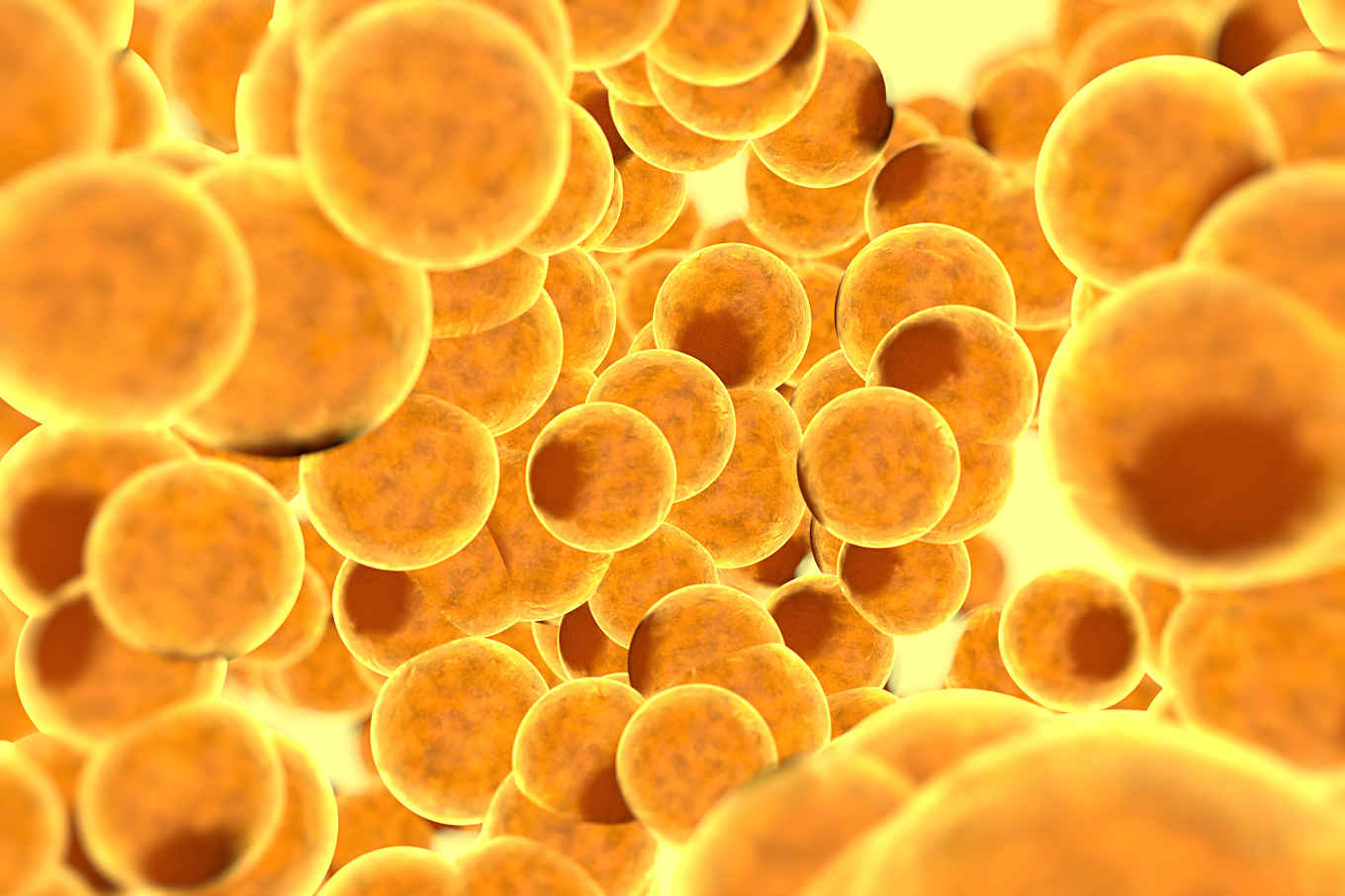Body Fat Testing Using the BOD POD
- 3 Minutes Read
Our body weight and BMI do not tell us the full story about our health. Do we have enough muscle and/or too much fat? Check out this post to learn more about the BOD POD - an accurate way to measure body composition.
Our body weight and BMI do not tell us the full story about our health. Do we have enough muscle and/or too much fat? Too much body fat near our organs means a higher risk for heart attack, diabetes, high blood pressure, and other health problems. But how do we know if we have too much fat? That is where body composition analysis comes into play.
Most folks know this as the BOD POD test. The nice thing about this test is that there is no radiation exposure, water dunking, or skin pinching.
BOD POD measures body composition using whole-body densitometry. A person's body weight and volume is measured to find the body density. With an accurate body density, the % fat and % fat-free mass (e.g. muscle, water, bone, and organs) can be estimated. The physics behind the measurements is related to Archimedes' Principle regarding the physical law of buoyancy, but instead of water displacement, the calculation uses air displacement. If you would like to learn more, visit Cosmed's BOD POD.
According to the clinic director of the health and wellness center I visited, the BOD POD has "a margin of error of 1% - 2.7%." The BOD POD is reported to be very accurate compared to underwater weighing. Underwater weighing was once considered to be the gold standard for body fat measurement until dual-energy X-ray absorptiometry (DXA/DEXA) became widely available (now that is the gold standard).
I did find one study (Air Displacement Plethysmography versus Dual-Energy X-Ray Absorptiometry in Underweight, Normal-Weight, and Overweight/Obese Individuals) that concerned me - the authors found that the BOD POD didn't measure accurately when adults were far below or above a healthy BMI. Body fat was measured about 13% too high for the underweight and about 8% too low for those with obesity. It remains to be seen if further studies confirm this problem - I haven't seen this error reported elsewhere.
Person has to be nearly naked - they are instructed to wear a tight fitting bathing suit (or 2-piece suit) and a bathing cap. All jewelry, metal, bra pads, etc. are removed before the test. Also, no exercise, eating and drinking of any liquids within 2 hours of the test.
BOD POD is an easy, somewhat affordable way to get a highly accurate body composition measurement. If you need more detailed information about where your fat is located in terms of risk for disease, then I would invest in the DXA test instead of the BOD POD. Also, if you are very underweight or have a lot of excess weight, then I would opt for the DXA instead of the BOD POD.
Stay tuned for more blog posts on body composition methods at MyNetDiary! Here are some related posts on this topic:
Weight Loss->Body composition